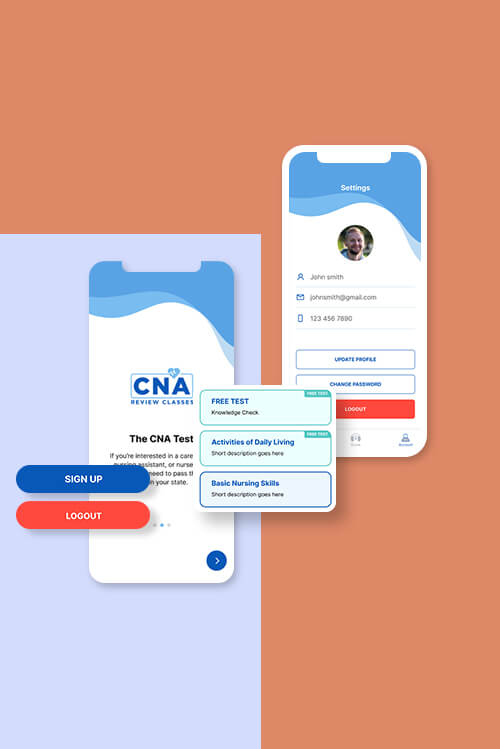Servers: Renting vs In-House – What Should Your Business Choose?
As organizations become increasingly reliant on digital infrastructure, the question of how best to manage server resources becomes crucial. From hosting websites and applications to storing sensitive data and enabling remote work environments, servers play a foundational role in modern business operations.
A key decision most businesses face is whether to rent servers (via cloud or dedicated hosting providers) or invest in in-house server infrastructure. Each approach offers unique advantages and trade-offs depending on the company’s scale, objectives, regulatory requirements, and budget.
This blog explores the key differences between rented and in-house servers to help you make an informed decision aligned with your organization’s needs.
1. Initial Investment and Cost Structure
In-House Servers:
Building your own server infrastructure involves considerable upfront capital expenditure. This includes the cost of purchasing physical hardware, networking components, power backup systems, and climate control mechanisms. Moreover, organizations must allocate budget for IT personnel responsible for installation, configuration, and ongoing support.
Rented Servers:
Opting for rented servers through service providers such as AWS, Google Cloud, or DigitalOcean significantly reduces initial financial commitment. Instead of capital expenses, businesses pay predictable monthly or usage-based fees, which often cover infrastructure, technical support, and software licensing.
2. Ongoing Maintenance and Support
In-House Servers:
Organizations with in-house servers are solely responsible for system maintenance. This includes performing updates, applying security patches, replacing failed hardware, managing backups, and ensuring compliance. These tasks require both time and a skilled internal IT team.
Rented Servers:
When servers are rented, most of the routine maintenance and infrastructure management is handled by the hosting provider. This allows internal teams to focus on business operations and application development rather than hardware concerns.
3. Scalability and Business Agility
In-House Servers:
Scaling an in-house setup typically means investing in additional hardware, configuring new systems, and ensuring sufficient power and cooling capacity — all of which take time and planning.
Rented Servers (especially cloud-based):
Rented infrastructure offers near-instant scalability. Businesses can increase or decrease resources (such as CPU, RAM, and storage) based on current demand, ensuring they only pay for what they use.
4. Security and Regulatory Compliance
In-House Servers:
With physical control over servers, businesses can enforce strict security protocols and access policies. This is often preferred in industries where data confidentiality and sovereignty are paramount, such as healthcare, finance, and government.
Rented Servers:
Leading hosting providers adhere to rigorous international security standards and certifications. However, data is stored offsite, and concerns may arise regarding shared infrastructure and compliance with specific data residency laws.
5. Performance and Customization
In-House Servers:
On-premises infrastructure allows organizations to customize systems to exact specifications. This level of control is useful for running legacy applications, specialized software, or high-performance computing workloads.
Rented Servers:
While many rented platforms provide powerful configuration options and enterprise-level performance, users typically have limited control over the underlying hardware, particularly in shared or virtualized environments.
6. Long-Term Financial Implications
In-House Servers:
Although the initial cost is high, the total cost of ownership may be lower over time if the hardware is efficiently utilized for several years. However, this depends on consistent usage and proactive system management.
Rented Servers:
While operational costs are predictable and spread out, long-term rental costs can surpass the one-time expense of owning infrastructure—especially if the rented resources are underutilized.
When In-House Servers Are the Better Choice
- Your business requires complete control over hardware and data.
- You operate in a highly regulated industry with strict data compliance standards.
- Your internal IT team is equipped to manage and maintain physical infrastructure.
- You rely on legacy systems or highly specialized workloads.
When Renting Servers Makes More Sense
- You seek a low-barrier, cost-effective infrastructure solution.
- Your business values high flexibility and rapid scalability.
- You prefer to avoid the complexities of hardware maintenance.
- Your organization lacks a dedicated in-house IT infrastructure team.
A Balanced Approach: Embracing Hybrid Infrastructure
Rather than choosing one approach exclusively, many organizations today adopt a hybrid infrastructure model. This allows them to take advantage of the scalability and convenience of cloud services while maintaining in-house systems for mission-critical or sensitive workloads.
An experienced IT consulting partner can help you analyze your current needs, forecast future growth, and design a tailored infrastructure strategy that balances cost, security, and performance.
Conclusion
The decision between renting and owning servers is not one-size-fits-all. It depends on a variety of factors including your business goals, technical needs, compliance requirements, and available resources.
At Diggity Solutions, we specialize in helping businesses architect and implement server strategies that drive efficiency, reduce risk, and support long-term growth. Whether you’re exploring cloud solutions, building an on-premise data center, or considering a hybrid setup — our team is here to guide you every step of the way.
Contact us today for a no-obligation consultation and take the first step toward a smarter IT infrastructure.









